Types of telescope: Refractor, reflector, Newtonian or Dobsonian?
We run through the jargon you need to know to make sense of the different types of telescope on the market
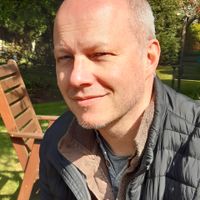

If you've decided to get into stargazing and are hunting for the best beginner telescope, you'll first need to decide that type of telescope you're after. If your search to the best telescope for stargazing has led to a world of jargon and confusion, we're here to help.
Put simply, there are three different key types of telescope – refractive, reflective and compound, the latter being a mix of the two – though beyond that there are various mounts and setups with various differing names and configurations to also take into consideration. In fact, you can even use some of the best binoculars for stargazing (but we're not going to get into that here). Read on for a guide to the different types of telescope, and what the differences are.
What is a refractor telescope?
A refractor or refracting telescope uses an objective lens to collect light and form an image, astronomical telescopes combining it with an eyepiece at the back of the standard tubular design for viewing. As light passes through the lens at the front, it is split into its respective colours and wavelengths.
Like other telescopes here you'll want to examine the aperture size being offered, as that governs the amount of light let in, so the larger the aperture the better. For example an 8-inch scope is a better bet than a 6-inch scope, if you can afford the inevitable hike in price.
- Celestron 21039 PowerSeeker 50AZ vs National Geographic 60/700 AZ: Two beginners' refractor telescopes compared
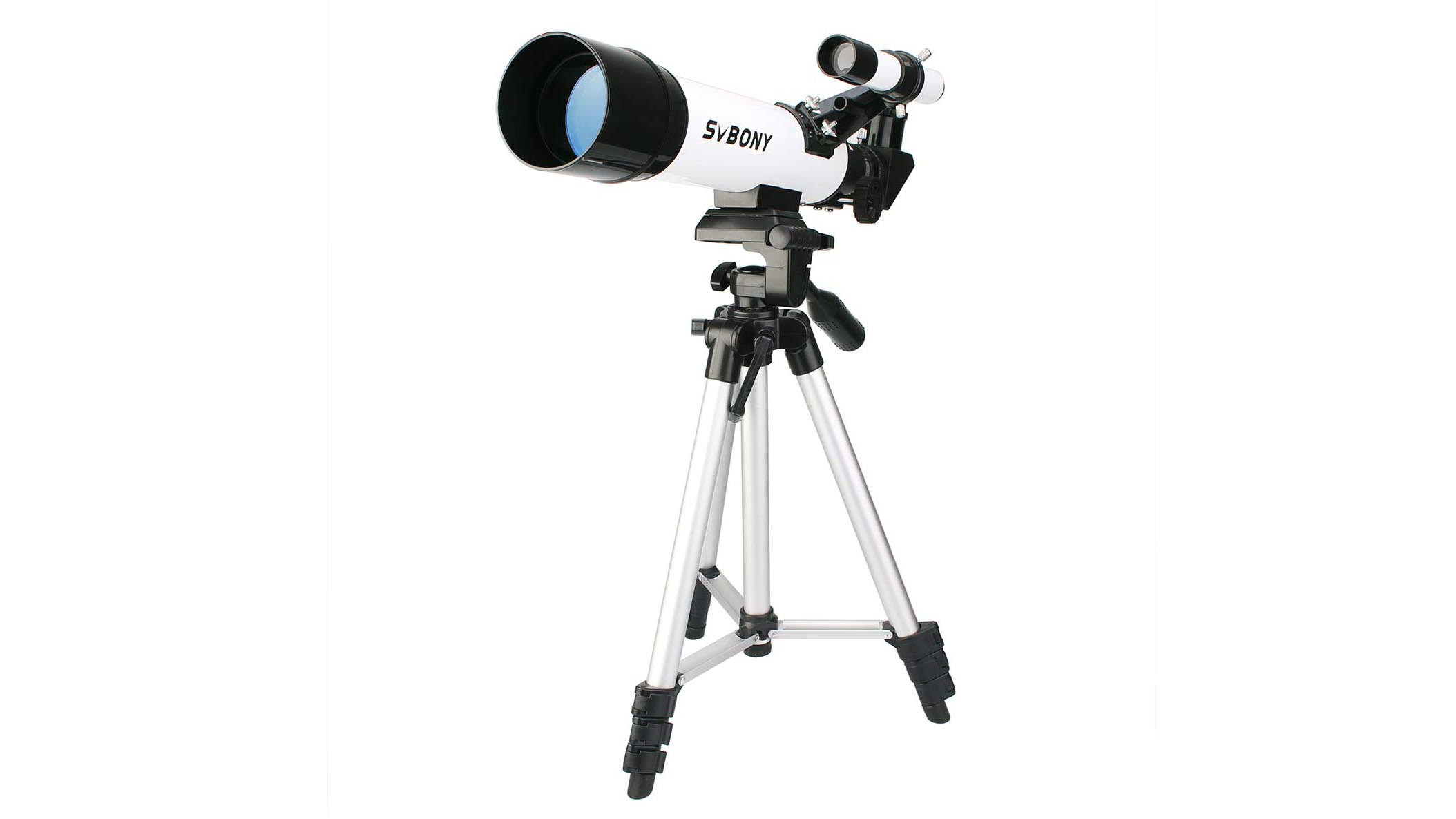
Svbony SV25 refractor telescope
What is a reflector telescope?
Reflecting or reflector telescopes utilise a single mirror or combination of mirrors to reflect light and form an image. The invention of the reflector telescope stretches back to Isaac Newton in the 17th Century.
Typically, the reflecting telescope allows for larger apertures. This means a greater amount of light is collected, translating as a brighter image. As we've noted, the general rule of thumb when it comes to optics is brighter is always better.
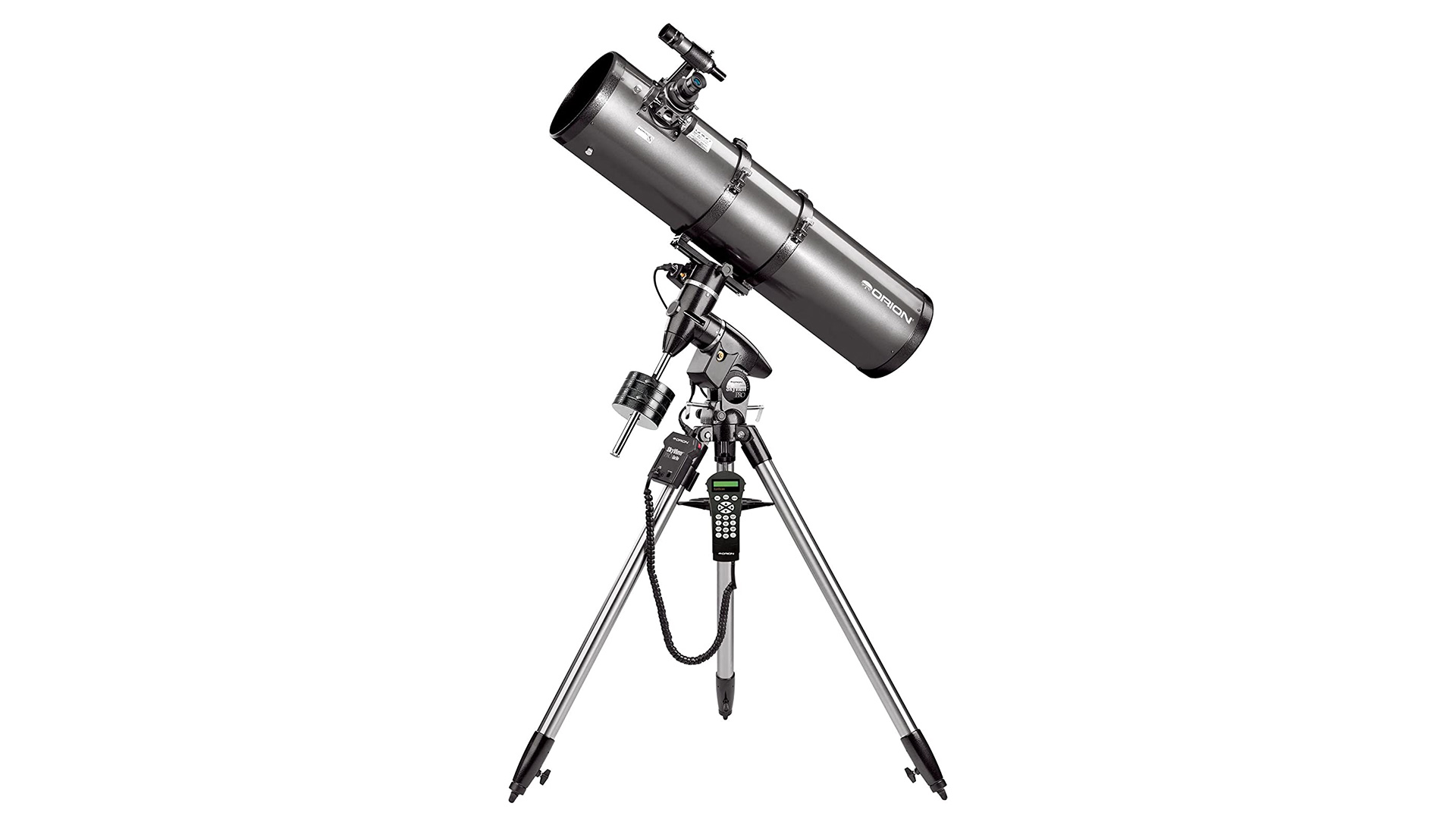
Orion SkyView Pro 8 GoTo Reflector Telescope
What is a compound telescope?
Also known as catadioptric telescopes, as it sounds, this option combines refraction and reflection, via curved mirrors and lenses, for its optical system. As a best of both worlds solution, compound telescopes are typically recommended for astrophotography, while being ultra portable with it.
Get all the latest news, reviews, deals and buying guides on gorgeous tech, home and active products from the T3 experts
What is a Newtonian telescope?
As the name suggests, the Newtonian telescope references 17th Century inventor Isaac Newton and is also sometimes known as the Newtonian reflector. The construction comprises a set up in which the light from the main or 'primary' mirror is deflected by a small flat secondary mirror, set at such an angle that it is sent to a magnifying eyepiece in the telescope's side.
Newtonian telescopes are great for newcomers to astronomy, as well as being economic to make compared to other types of 'scope as they only require a few parts to construct. Supporters also underline the fact that Newtonian reflector telescopes are free from chromatic aberration, aka colour distortion, which can be a bugbear of refracting telescopes that use a lens instead.
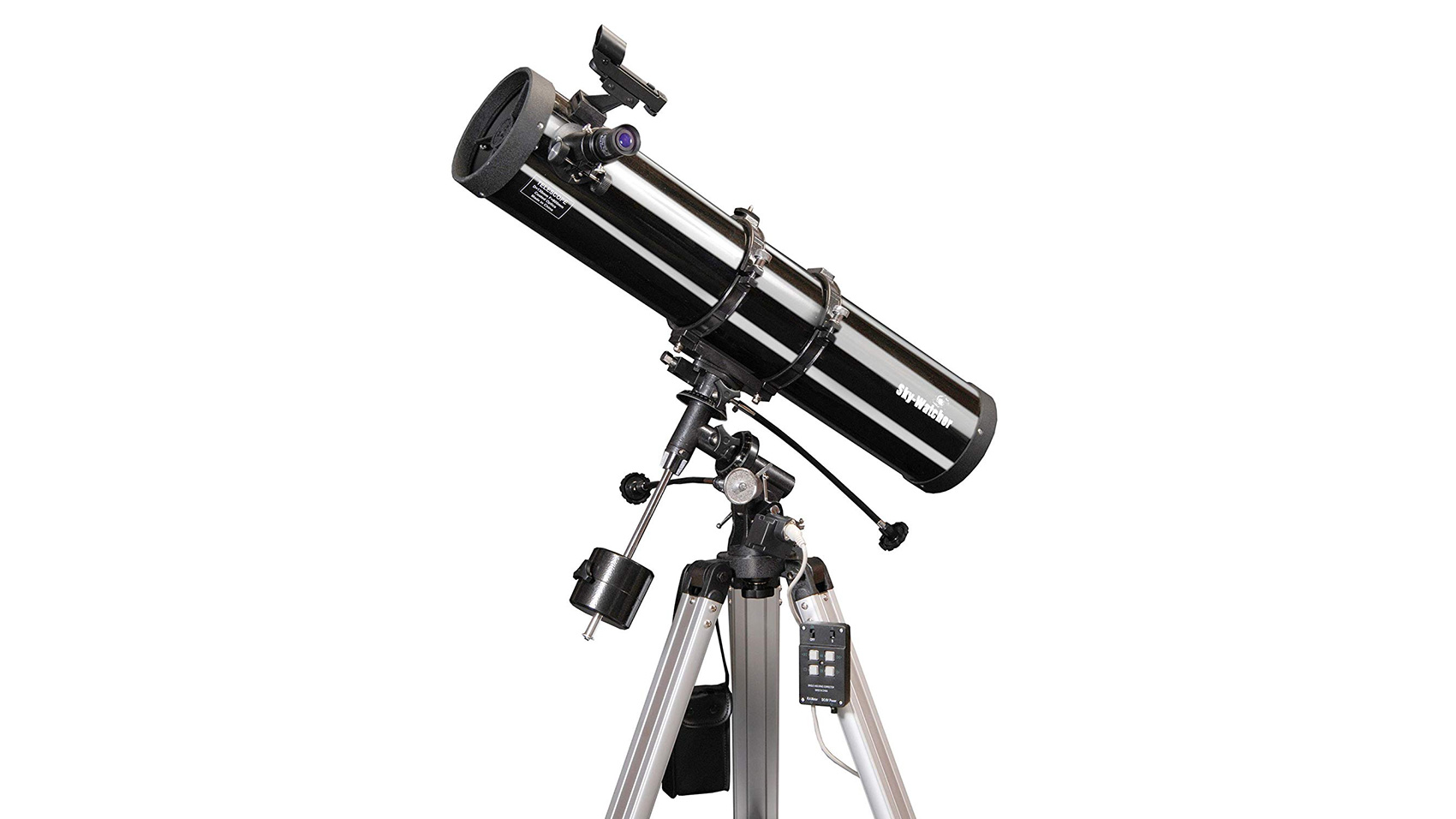
SkyWatcher Explorer 130M Newtonian Reflector Telescope
What is a Dobsonian telescope?
Simply put, a Dobsonian telescope is a type of large aperture Newtonian telescope design popularised by John Dobson back in the mid 1960s, and from whom it takes its name.
Also referred to as a 'light bucket', capable of operating at low magnification, Dobson's simplified mechanical design features a big aperture for observing feint deep space objects. It also allowed for larger yet at the same time more portable and lower cost telescopes. This is partly because he used lightweight objective lenses and cheaper, commonplace materials for the mount – thus greatly increasing the accessibility of telescopes among amateur astronomers and taking the device mass market. In broad terms a Dobsonian telescope tends to be physically bigger than a Newtonian telescope.
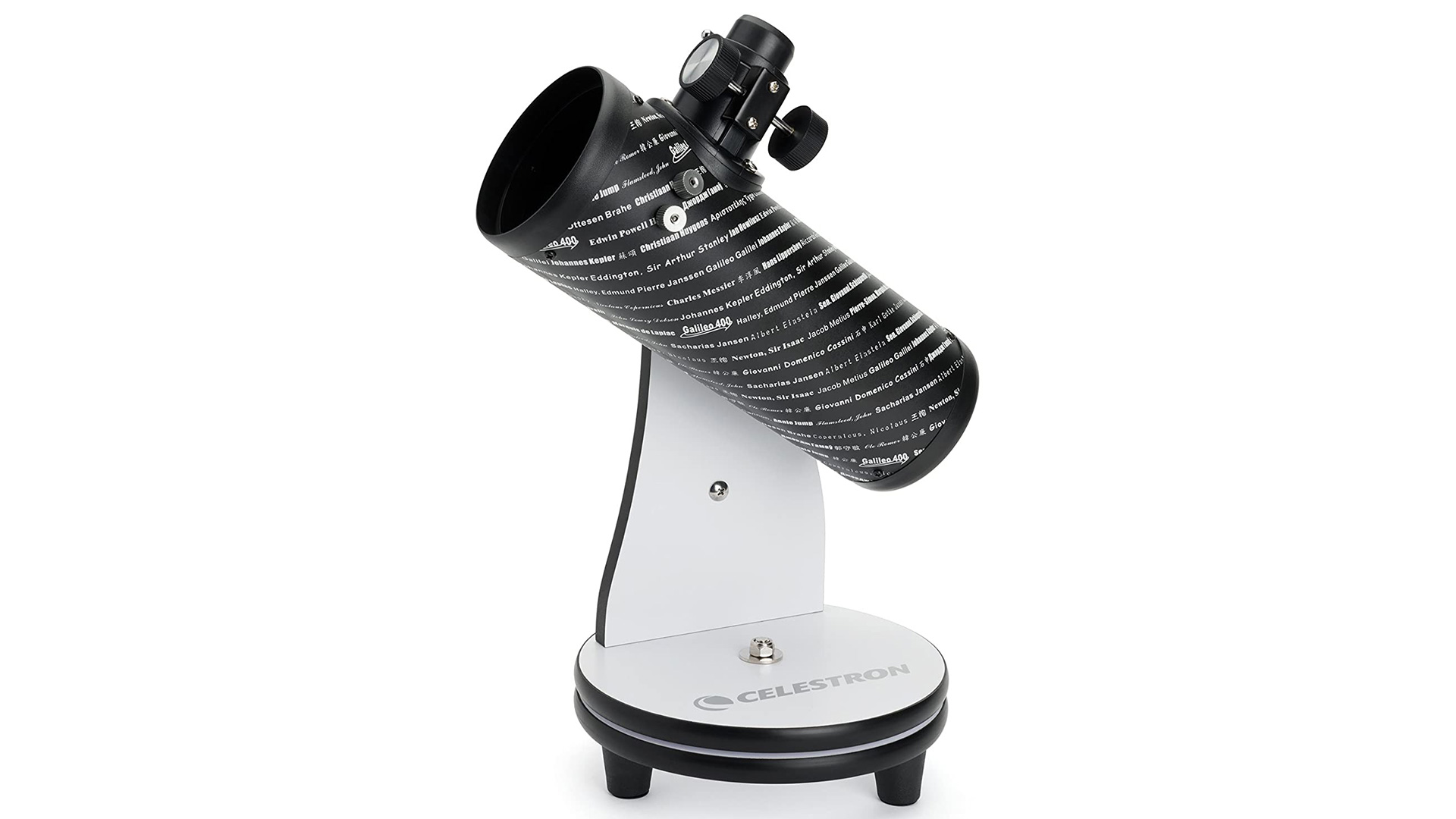
Celestron 76mm Dobsonian Firstscope
Whichever type of telescope you have your eye on, be sure to check out our selection of the best telescopes you can buy before clicking that 'buy now' button.

Gavin Stoker has been writing about photography and technology for the past 20 years. He currently edits the trade magazine British Photographic Industry News - BPI News for short - which is a member of TIPA, the international Technical Imaging Press Association.